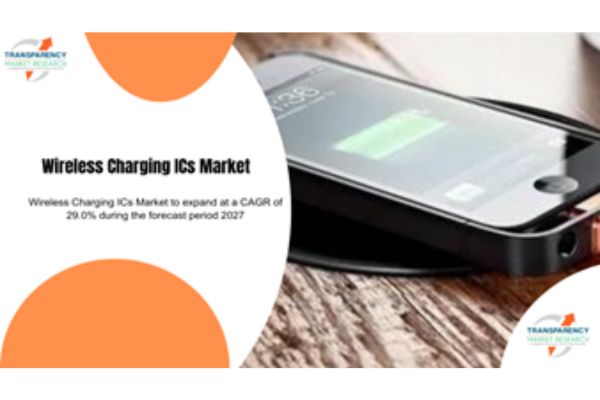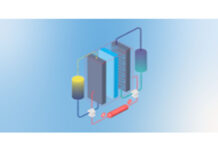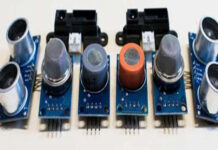Wireless charging technology has rapidly evolved over the past few years, becoming an integral part of modern electronics. As consumers increasingly demand convenient and cable-free charging solutions, the market for wireless charging integrated circuits (ICs) has witnessed significant growth. This technology offers a seamless and efficient way to power electronic devices, from smartphones and wearables to electric vehicles and smart home devices. In this article, we will explore the key aspects of wireless charging ICs, their working principles, and the advancements shaping the future of this technology.
Who are the key players in the global Wireless Charging ICs Market?
Key players operating in the global wireless charging ICs market are NXP Semiconductors, Vishay Intertechnology, Inc., MediaTek Inc., Qualcomm Inc., Texas Instruments Inc., Broadcom Corporation, Toshiba Corporation, On Semiconductor, Analog Devices, Inc., ROHM Semiconductor, and Integrated Device Technology Inc.
Key Features of Wireless Charging ICs
1. Efficiency: Wireless charging ICs are designed to maximize energy transfer efficiency, minimizing power loss during the charging process. Advanced power management algorithms and efficient circuitry contribute to optimal performance.
2. Compatibility: Wireless charging ICs support various wireless charging standards, such as Qi, ensuring compatibility with a wide range of devices. This interoperability is crucial for the widespread adoption of wireless charging technology.
3. Safety: Safety is a paramount concern in wireless charging. These ICs incorporate features like overvoltage protection, overcurrent protection, and temperature monitoring to prevent potential hazards and ensure safe charging.
4. Adaptive Charging: Some wireless charging ICs offer adaptive charging capabilities, adjusting the charging power based on the device’s battery condition and temperature. This helps in prolonging the battery life and optimizing the charging process.
Advancements in Wireless Charging IC Technology
The wireless charging industry is dynamic, with ongoing research and development leading to continuous advancements in IC technology. Some notable trends and advancements include:
1. Fast Charging: One of the significant breakthroughs in wireless charging ICs is the development of fast charging technologies. This enables users to charge their devices at much higher speeds, approaching or even surpassing the charging speeds of traditional wired methods.
2. Resonant Wireless Charging: Resonant wireless charging technology allows for more flexible device placement on the charging pad, increasing the charging area. This is made possible by resonant coils that enable power transfer over greater distances and with less precise alignment.
3. Integration with IoT Devices: Wireless charging ICs are increasingly being integrated into Internet of Things (IoT) devices, such as smart home devices and wearables. This integration enhances the convenience and versatility of these devices, as they can be charged seamlessly without the need for physical connectors.
4. Automotive Applications: Wireless charging ICs are making inroads into the automotive industry, facilitating wireless charging for electric vehicles (EVs). This technology aims to simplify the charging process for EVs, providing a convenient and efficient way to power electric vehicles.
Challenges and Future Prospects
Despite the rapid progress in wireless charging IC technology, there are still challenges to address. One significant challenge is the need for a universal standard to ensure seamless interoperability across devices and charging pads. The industry is making efforts to establish common standards, but widespread adoption is crucial for overcoming this challenge.
Looking ahead, the future of wireless charging ICs holds promising prospects. Continued advancements in fast charging, enhanced efficiency, and broader integration into various applications are expected. The automotive sector, in particular, is likely to witness significant growth as wireless charging becomes more prevalent for electric vehicles.















